Sweet potatoes are one of the most nutritious vegetables you can eat and you can easily grow them in pots on your patio. High in fiber, beta carotene and antioxidants, they promote a healthy gut, a healthy brain, good vision, and a strong immune system.
You can buy sweet potato slips at garden centers and hardware stores or from online sources. Grocery-store sweet potatoes have usually been treated to prevent sprouting so they are not a good choice for planting.
Containers designed specifically for growing potatoes work well and are inexpensive compared to plastic or ceramic pots. Many nurseries and online sources sell potato grow bags, designed to provide aeration to the roots and adequate drainage. A 2-cubic-foot bag or container is ideal. Unlike containers, the bags can be easily moved to keep your plants in the sun.
When your sweet potatoes are ready to harvest, simply lift the bag and pour the contents into a wheelbarrow. Grow bags are collapsible and easy to store in winter. But many gardeners also have success with wine barrels, clay containers or even black plastic garbage bags.
Sweet potatoes are picky about where they're grown. Being native to Central and South America, they like to be warm and prefer temperatures above 60ºF, even at night. Choose a location that has full sun all day. You can wait until late April or May to plant as long as the plants get four months of sunlight.
Sweet potatoes produce best in light, sandy loam. Rich, heavy soils produce high yields of low-quality roots. Use a good, light container mix. Place about four inches of soil in your container, then place the sweet potato slips on top and add about three more inches of soil to secure them.
As the stems grow upward, continue to add more soil mix until the level reaches the top of the container. If the original potting mix did not include fertilizer, fertilize two weeks after planting.
Bone meal, kelp meal, and greens are good organic choices for fertilizing sweet potatoes. Just don't overdo it. Sweet potatoes are not heavy feeders so give them only an occasional snack if your soil is less than ideal.
Sweet potatoes like consistently moist but not soggy soil. Be sure your containers drain well so the potatoes don't rot. Sweet potatoes in a porous grow bag will likely need more watering than those grown in a clay or wooden container.
Finally, stop watering three to four weeks before harvest to prevent the mature tubers from splitting. Sweet potatoes are ready to harvest four to five months after planting. Typically, you should net up to six sweet potatoes per plant.
Once the sweet potatoes are out of the ground, don't leave them in direct sunlight for more than a few hours.
Although it's tempting to eat your newly harvested sweet potatoes immediately, you should cure them first. They will be sweeter and last longer. To cure, put them in a single layer in a plastic bag. Seal the bag but punch holes in it for ventilation. Keep the bag in a warm, humid place--preferably 80ºF to 85ºF—for two weeks. Although you can use them at this point, they will last longer if you cure them for two more weeks at 45ºF to 60ºF and 85 to 95 percent humidity. Curing in this manner heals any minor cuts and toughens the skin.
A few days into the curing process, carefully wipe off excess dirt to prepare the potatoes for storage. By then the skin will have toughened up a little and will be less likely to come off as you clean them. Never wash sweet potatoes before curing or storing as that will shorten their storage life.
Food Growing Forum: Join UC Master Gardeners of Napa County for a hands-on workshop on “Spring and Summer Vegetables” on Sunday, March 12, from 2 pm to 4 pm, at UCCE Office, 1710 Soscol Avenue, Napa. Your best summer vegetable garden begins in March. Plant quick-growing cool-season vegetables now before the weather warms, and follow those crops with the ones that love our warm summer days. Learn about soil maintenance, seed starting, and irrigation. Garden-ready seedlings and planting calendars will be shared. The forum is free but registration is required at https://ucanr.edu/2023foodforummarch.
Gardening with the Masters: Join UC Master Gardeners of Napa County and Ole Health for a hands-on workshop on “Preparing for Spring Vegetable Gardens” on Saturday, March 18, from 10 a.m. to noon, at Ole Health, 300 Hartle Court, Napa. Class size is limited so please register at https://www.olehealth.org/our-services/community-outreach-resources.
Workshop: Join UC Master Gardeners of Napa County for a workshop on “Lawnlessness: Think Beyond Turf” on Saturday, March 25, from 10 am to noon, at Las Flores Community Center, 4300 Linda Vista Avenue, Napa. Learn about lawn alternatives that are attractive, drought tolerant and low maintenance, and that help mitigate climate change. The workshop will be indoors, but dress warmly and be prepared for some outdoor activities, weather permitting. Registration required: https://surveys.ucanr.edu/survey.cfm?surveynumber=39854
Help Desk: The Master Gardener Help Desk is available to answer your garden questions on Mondays and Fridays from 10 am until 1 pm at the University of California Cooperative Extension Office, 1710 Soscol Avenue, Suite 4, Napa. Or send your questions to mastergardeners@countyofnapa.org. Include your name, address, phone number and a brief description of the problem. For best results, attach a photo of the plant. You may also leave a voicemail message with the same information at 707-253-4143.
Attached Images:
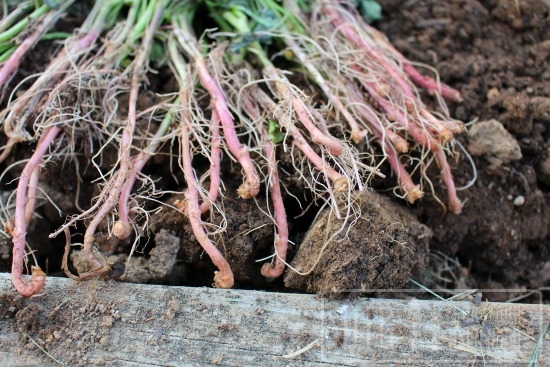
Planting Guide - Planting Sweet Potato Slips (digforyourdinner.com)
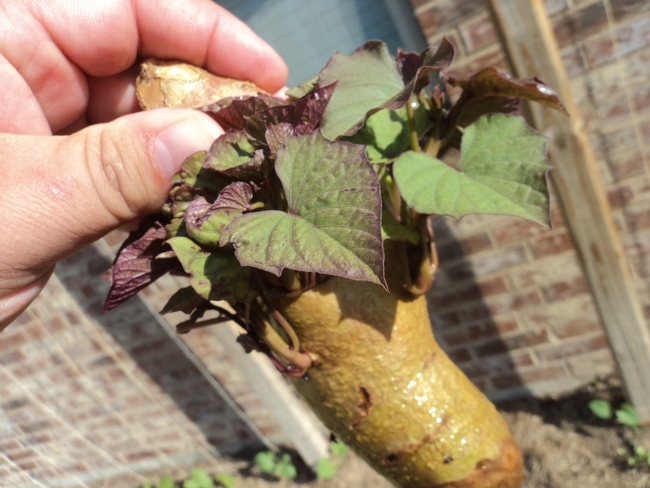
Our Provident Life- Grow your own Sweet Potato Slips (ourprovidentlife.blogspot.com)
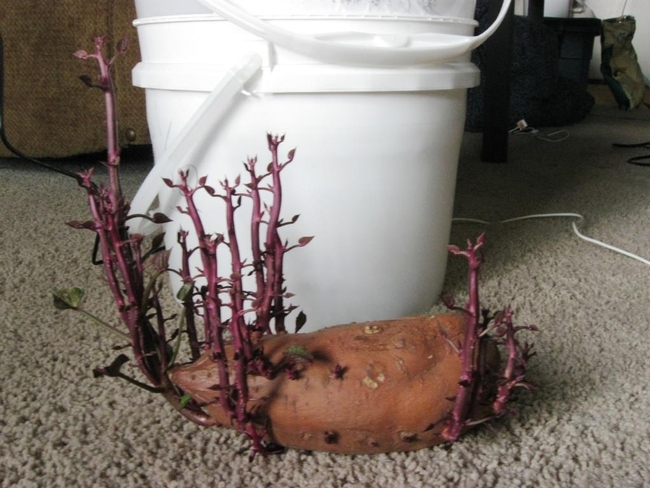
Growing Sweet Potatoes in 5 Gallon Buckets (fivegallonideas.com)
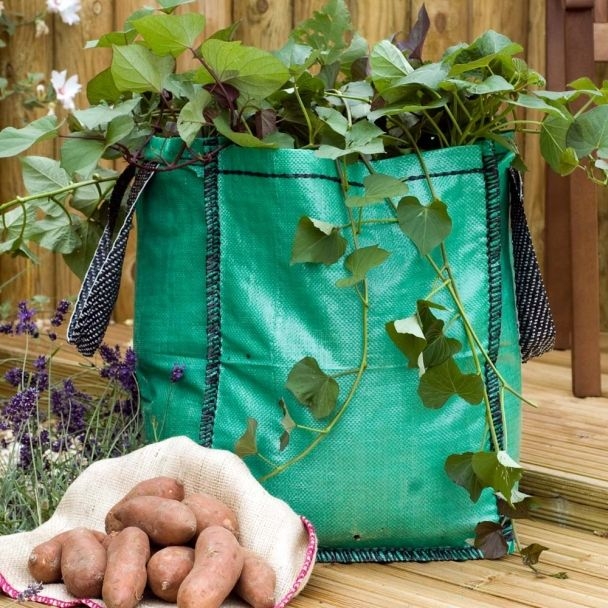
Potato Growing Bag (pinterest.com)
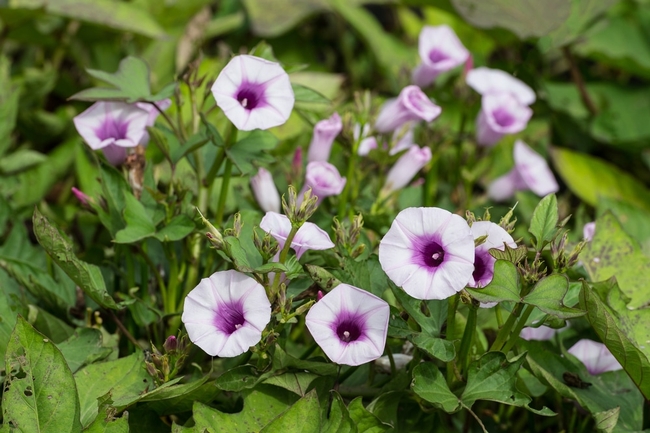
Sweet Potato Flower (garden.eco)
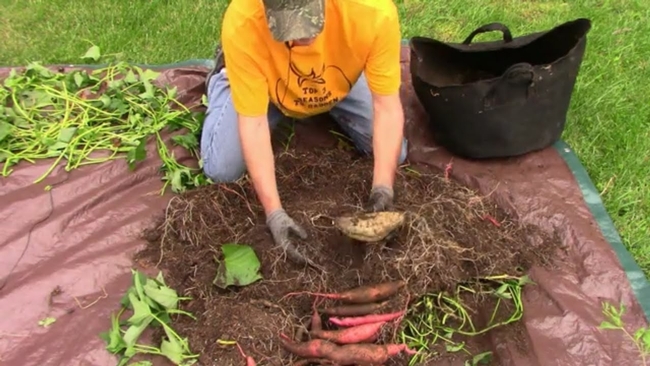
Harvesting 4 Types of Sweet Potatoes Grown in One Grow Bag (youtube.com)

Simple Ways to Cure Sweet Potatoes- 10 Steps (wikihow.com)